We personalize your experience.
We use cookies in our website to ensure we give you the best experience, get to know our users and deliver better marketing. For this purpose, we may share the information collected with third parties. By clicking “Allow cookies” you give us your consent to use all cookies. If you prefer to manage your cookies click on the “Manage cookies” link below.
Our cover letter builder features professional templates, writing advice, job-specific suggestions and unlimited cloud storage.
Our customers have been hired by*:*Foot Note

Our Cover Letter Builder was expertly created, making it stand out from other so-called builders. We know exactly what it takes for a job seeker to gain immediate attention from the hiring manager or recruiter that is reading the cover letter.
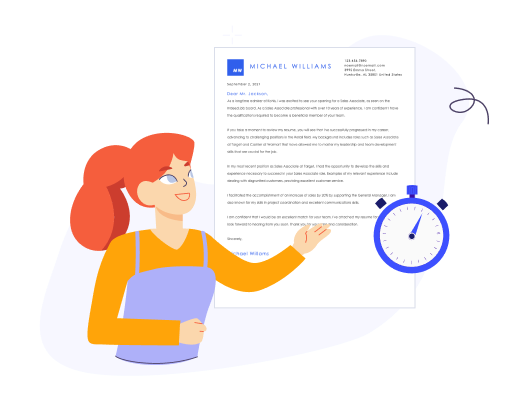
A cover letter generator makes crafting a personalized cover letter easy, so you don’t have to write dozens of documents from scratch. Our Cover Letter Builder breaks a letter down into easily digestible chunks, so you can customize specific sections as needed.
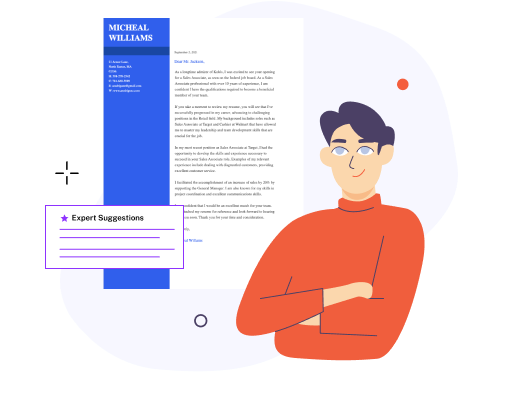
Since every job is different, we have hundreds of cover letter examples you can use with our easy cover letter generator to create a letter for your specific industry. Whether you’re an artist or a nurse, our cover letter examples and text suggestions will give you what you need to match what the job wants.

Our ResumeHelp cover letter experts know what hiring managers are looking for. We’ll walk you through the cover letter creation process and provide job-specific suggestions every step of the way.
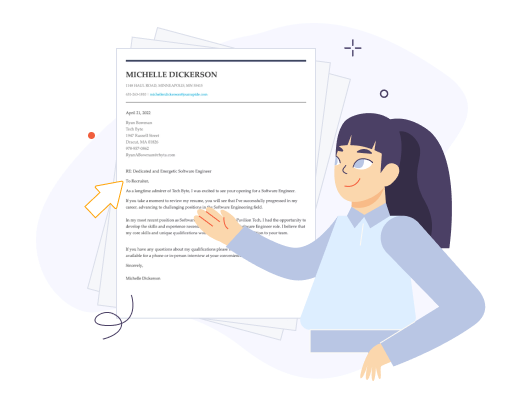
Our cover letter creator has more than 20 cover letter templates, from contemporary to classic, so choose the cover letter style that suits you best. Plus, you can change your cover letter template at any time, based on your preferences and the type of job you’re applying to.
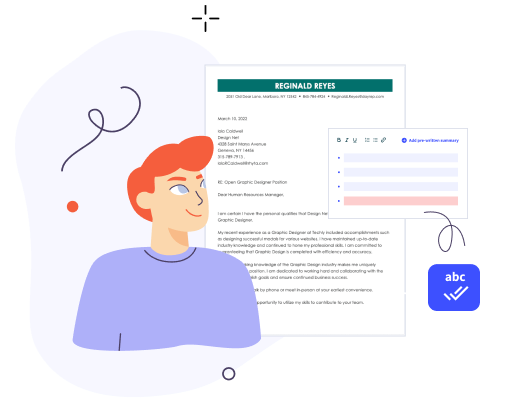
Nothing kills a cover letter faster than grammatical mistakes and spelling issues. To ensure your cover letter looks professional, our cover letter maker helps you check for errors early on so your finished product is mistake-free and polished.
A good cover letter example can help take your cover letter to the next level. Our examples have been written by subject experts so you can rely on them for job-specific guidance. Examples give you a great jump-start for writing a cover letter, especially when you want to apply for your dream job fast.
When writing a cover letter, make sure to follow these tips, and remember that using the professional layouts and tools in the cover letter builder can help you create the perfect cover letter for any job application.
Our free Cover Letter Builder is a great tool to create different types of business letters. You can write a reference letter, letter of intent, cold cover letter or a letter of interest to set you apart from other job seekers. We also have hundreds of top-class cover letter examples for different jobs and industries you can use as inspiration.
Create a job-winning cover letter online and land your dream job by trying our ResumeHelp cover letter builder free.
Build my cover letterResumeHelp offers valuable tips, guides and other how-to articles on creating a strong cover letter for your resume that will highlight your best qualifications and make you stand out from the competition.
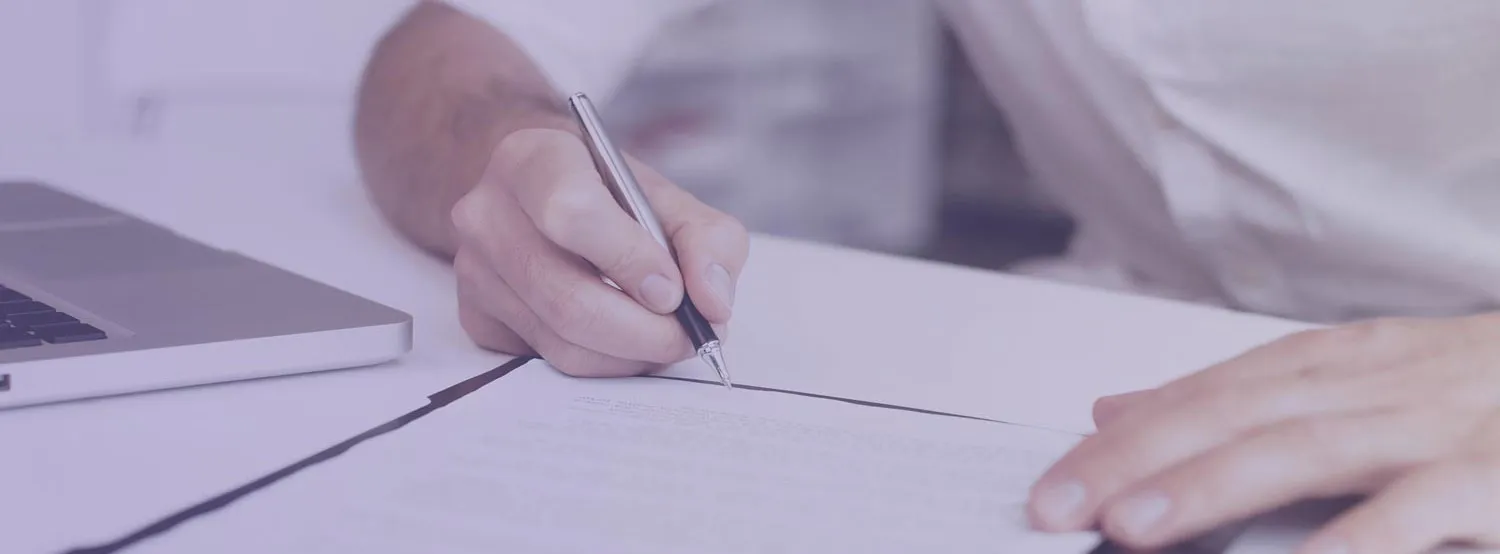



Have questions? We’re here to help.
The purpose of a professional cover letter is to convince a hiring manager or recruiter that you’re the best candidate for that dream job. A cover letter is the standard way to introduce yourself and provide additional information that won’t fit into a traditional single-page resume. It’s also the first step towards being invited for a job interview.
Your cover letter for resume should include basic information, including your contact information, why you’re applying for the job in question and what makes you the best candidate. A good cover letter also expresses why you’re excited about the job opportunity and provides key details about your skills and career that incentivizes the recruiter to read your resume and consider you for an interview.
Do this by showing connections between your values and the company’s culture, as well as highlighting unique qualifications and career achievements that fit what the job and the future employer needs.
Yes, you should create a different cover letter for every job application. Recruiters want to see cover letters that accurately address what the company is looking for in a new employee, and generic “one size fits all” cover letter content can create the wrong impression, hurting your chances of getting the job.
Tailoring your cover letter to a specific job description is also useful because of applicant tracking systems (ATS), which employers often use to scan job applications for job-specific keywords found in the original job listing. If your resume and cover letter don’t contain those keywords, the ATS will reject your resume outright.
A cover letter shouldn’t just be a word-for-word rehash of all the information in your resume. Think of using it as an elaboration of your resume and follow the standard cover letter format:
Using ResumeHelp’s Cover Letter Builder will help you stick to this structure with all your cover letters. Using the cover letter builder, you can quickly produce a cover letter for every job listing, showcasing what a specific job listing values and customizing your cover letter for each job. For more tips on the cover letter writing process, see our How to Write a Cover Letter page.
Couldn't find the answer you're looking for?